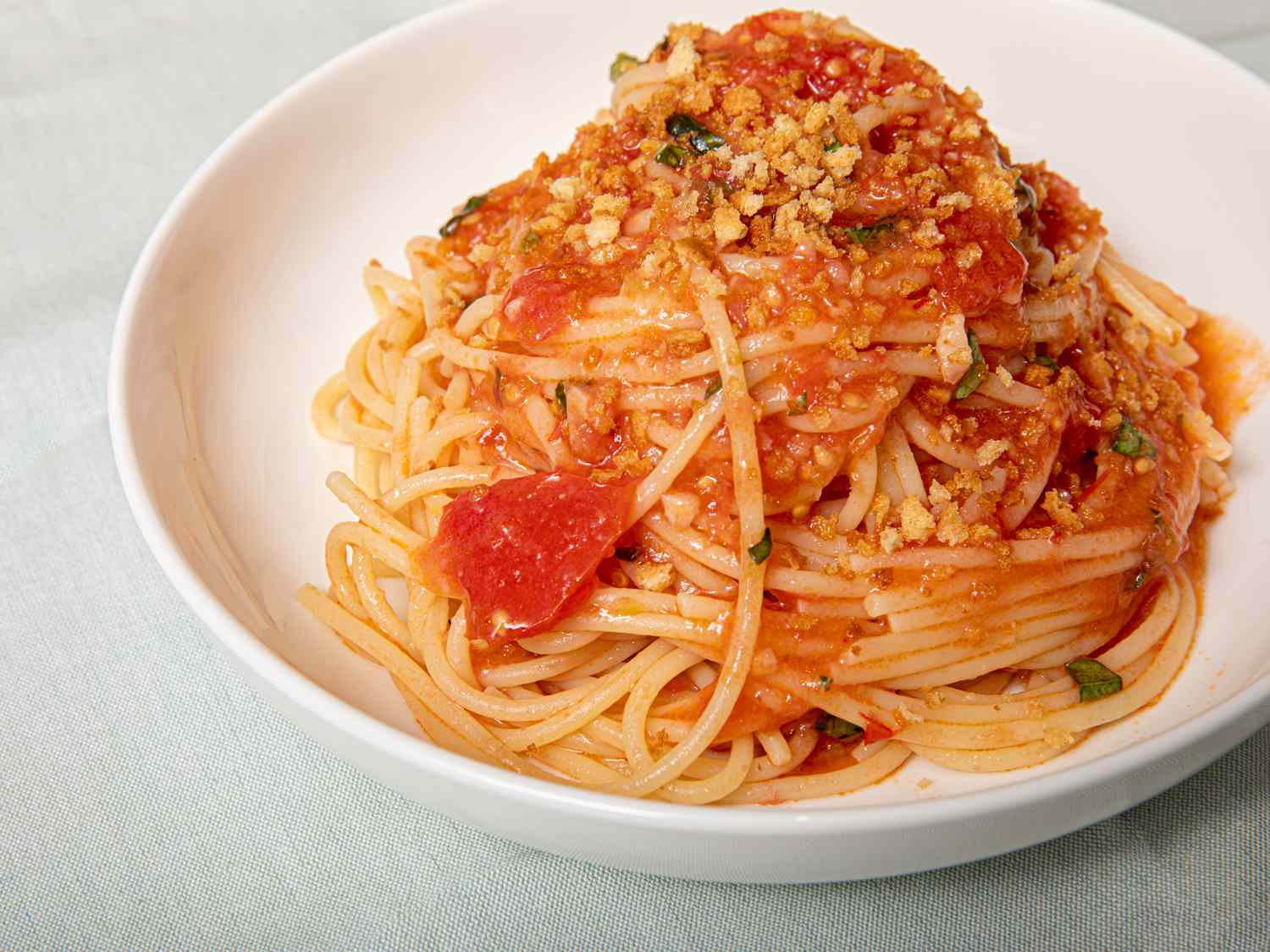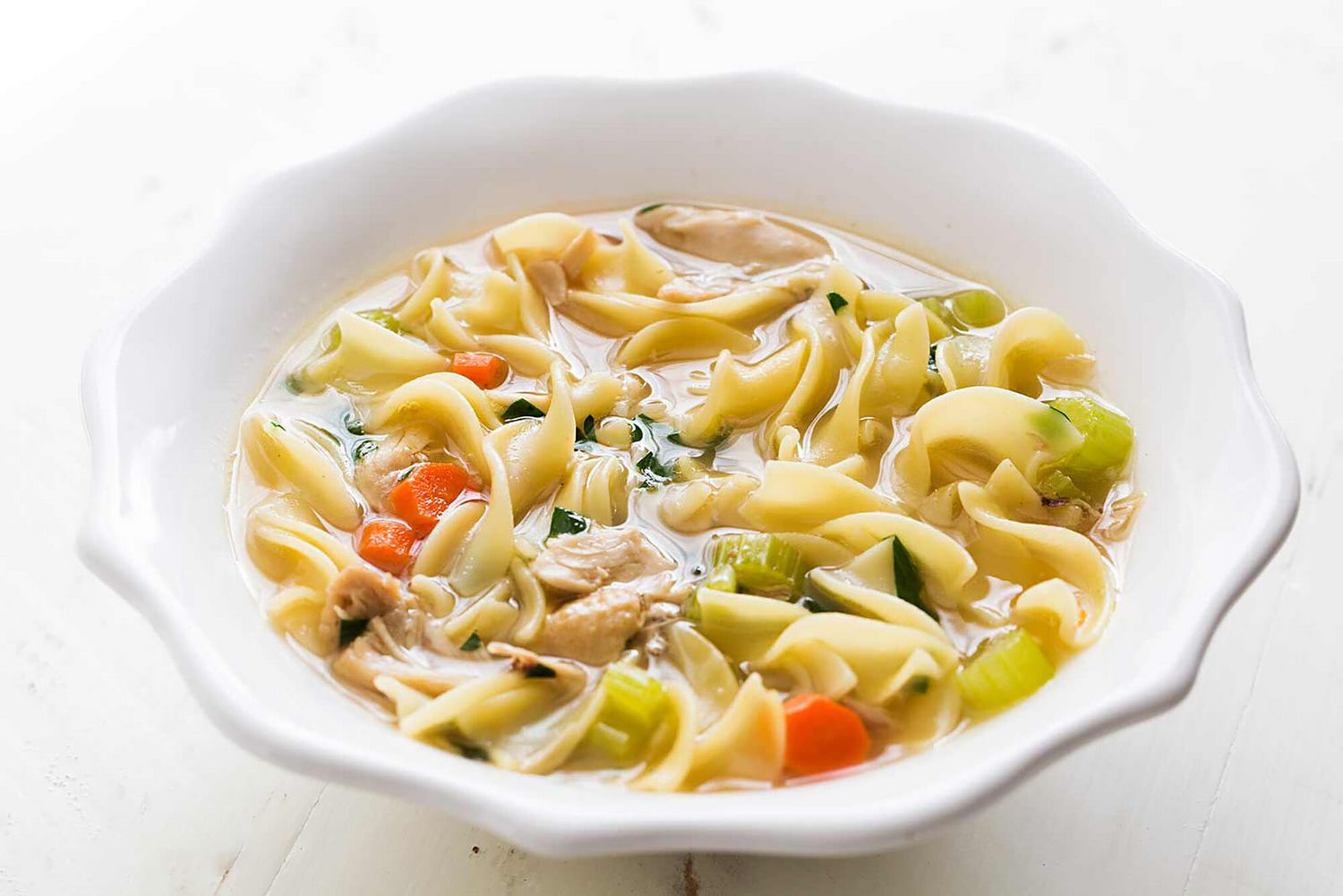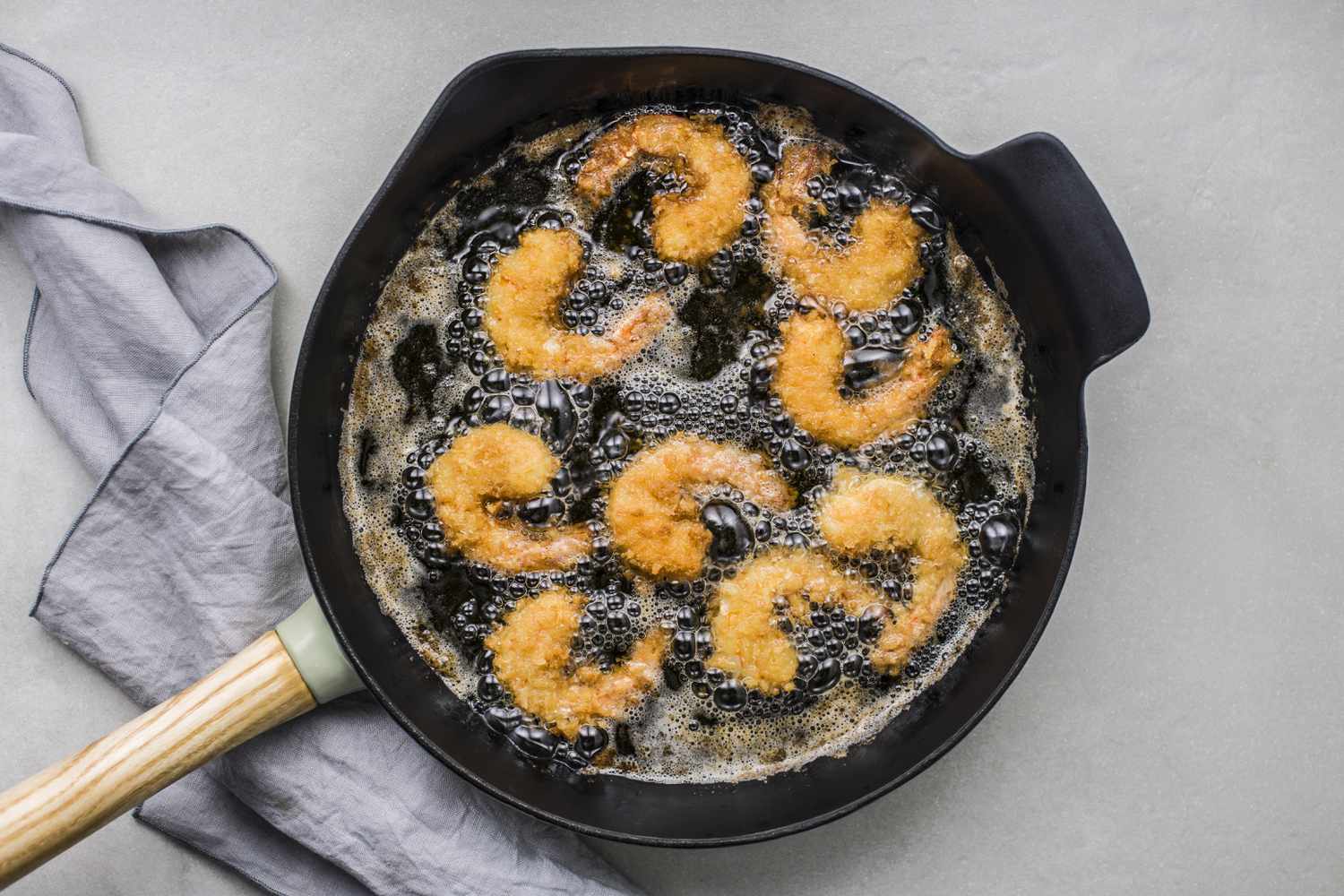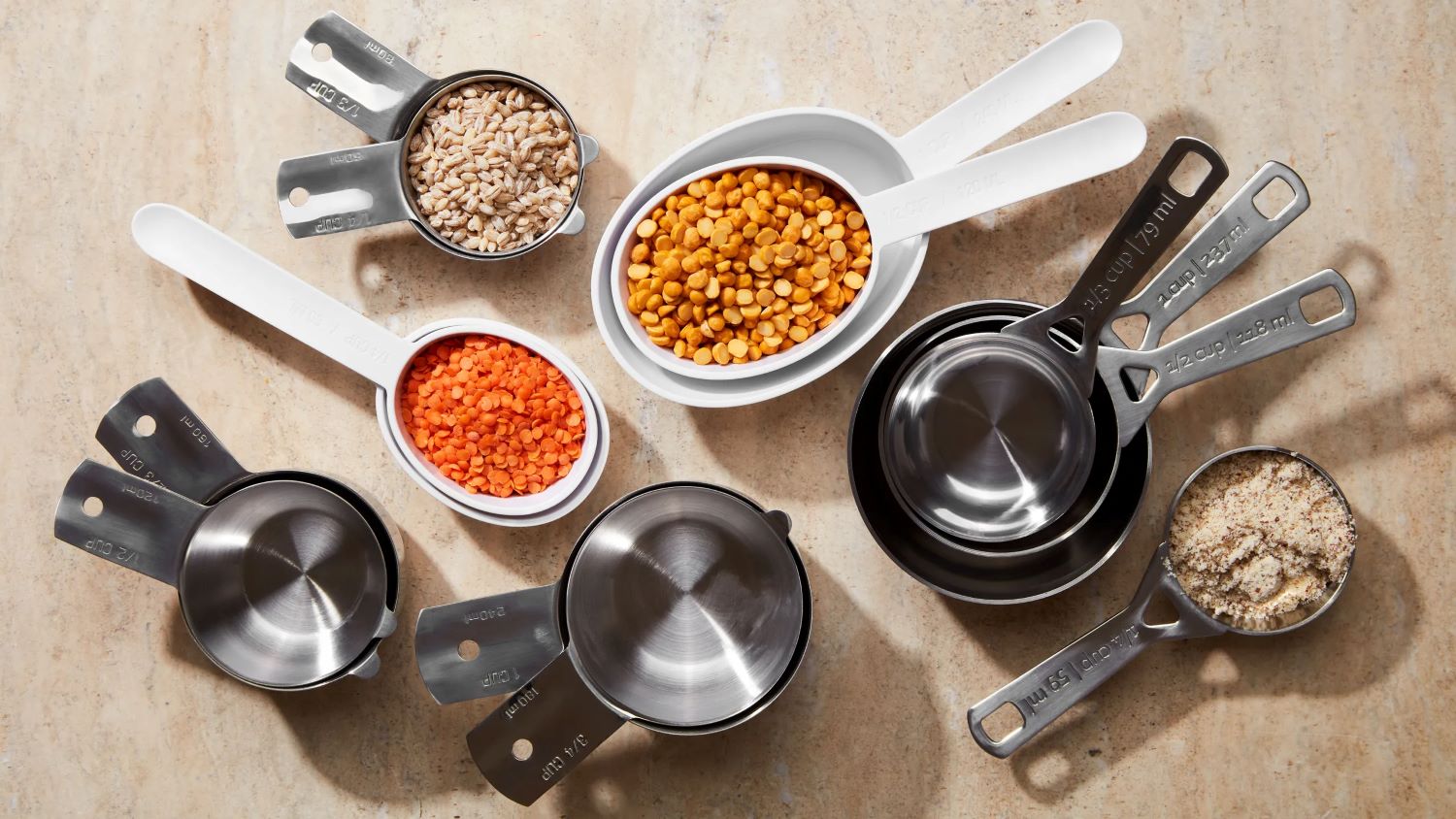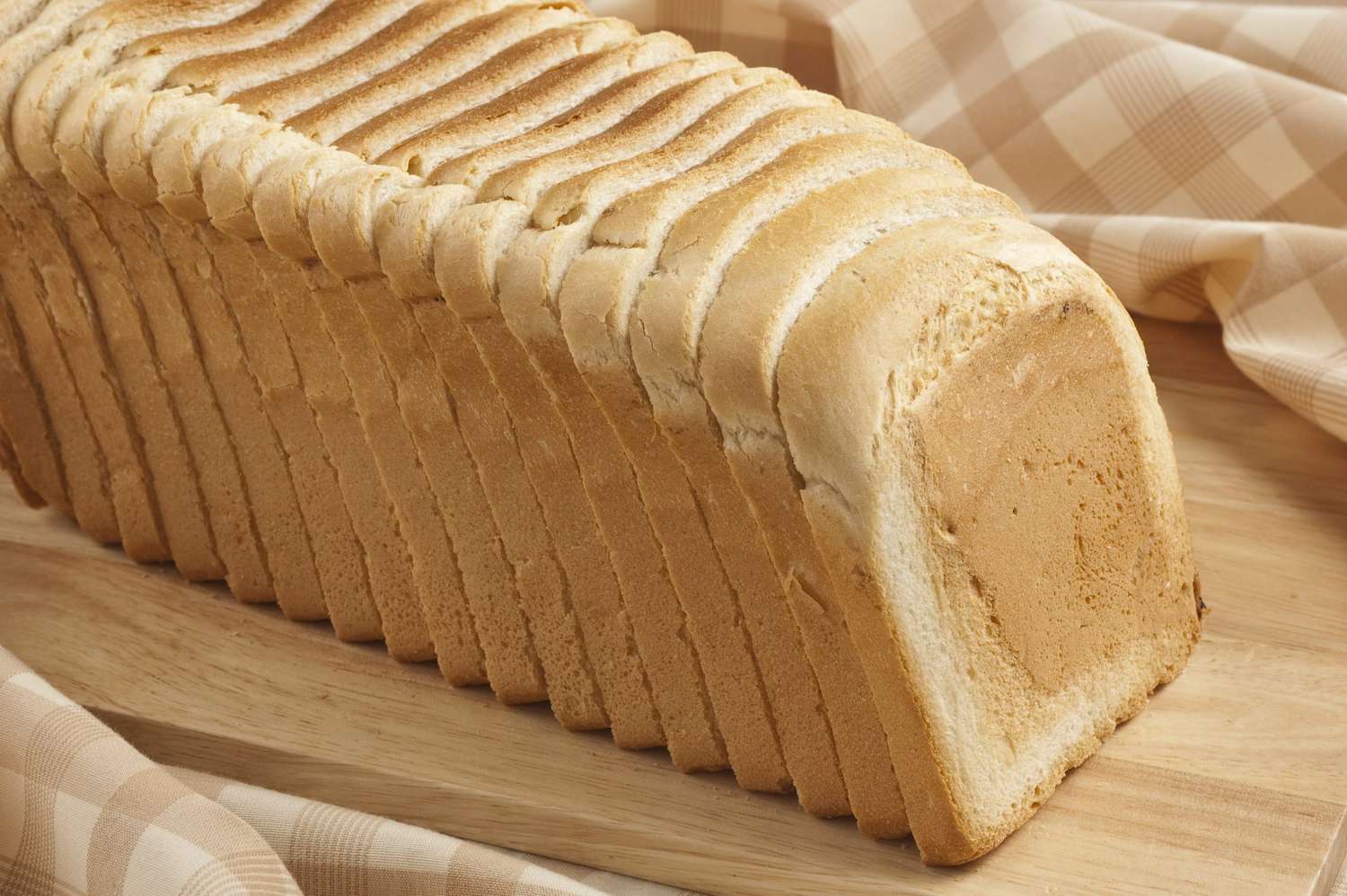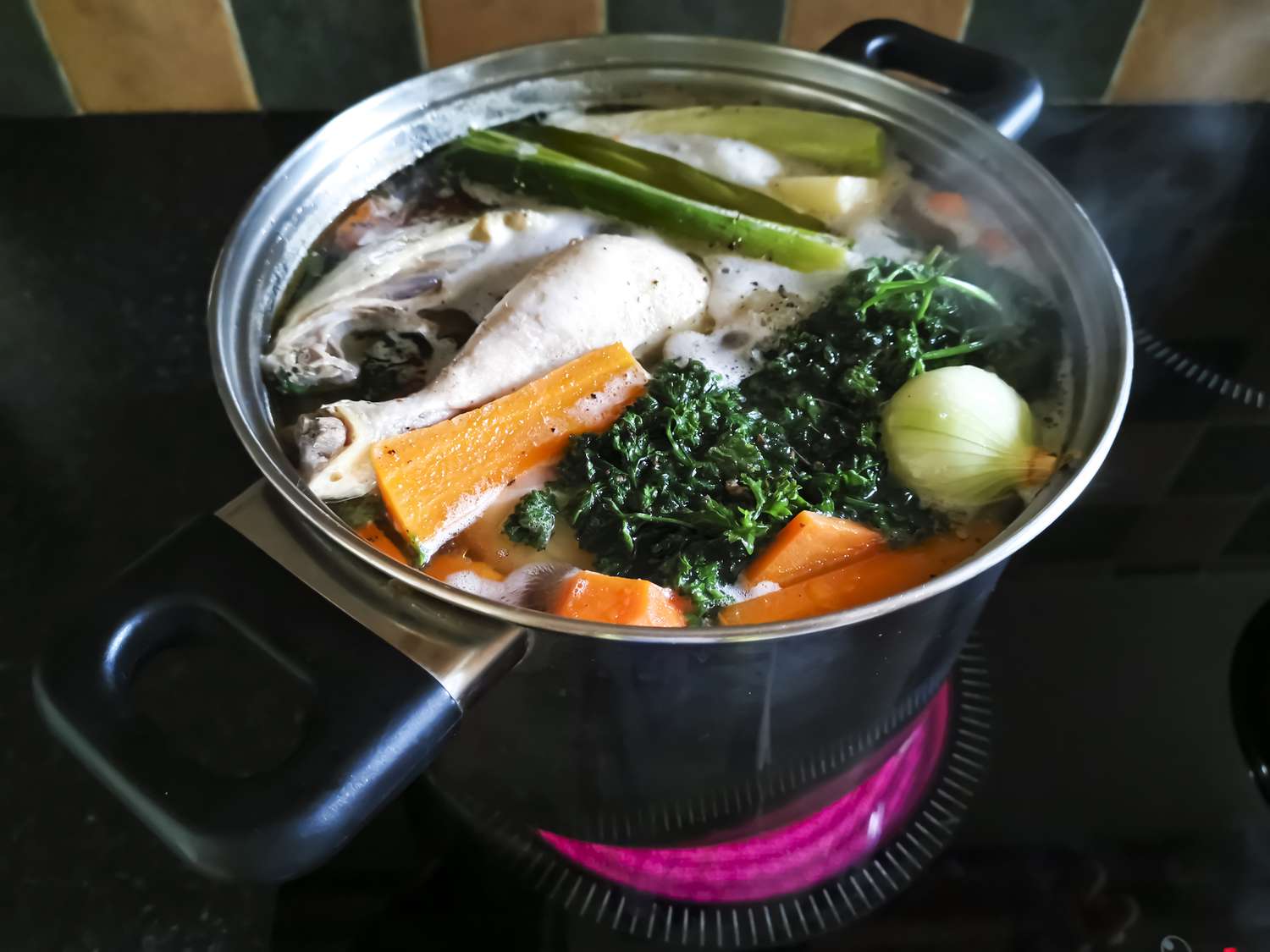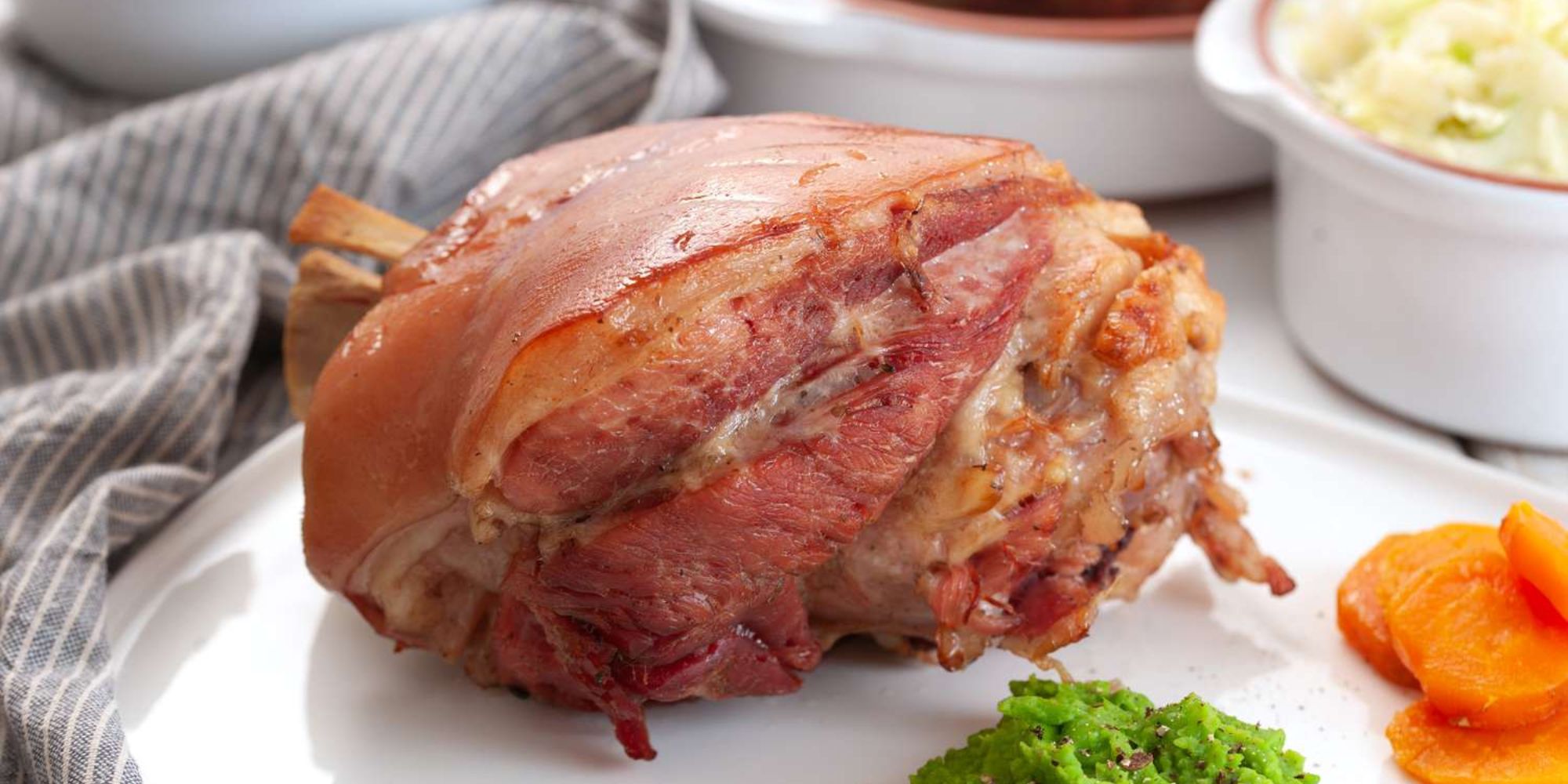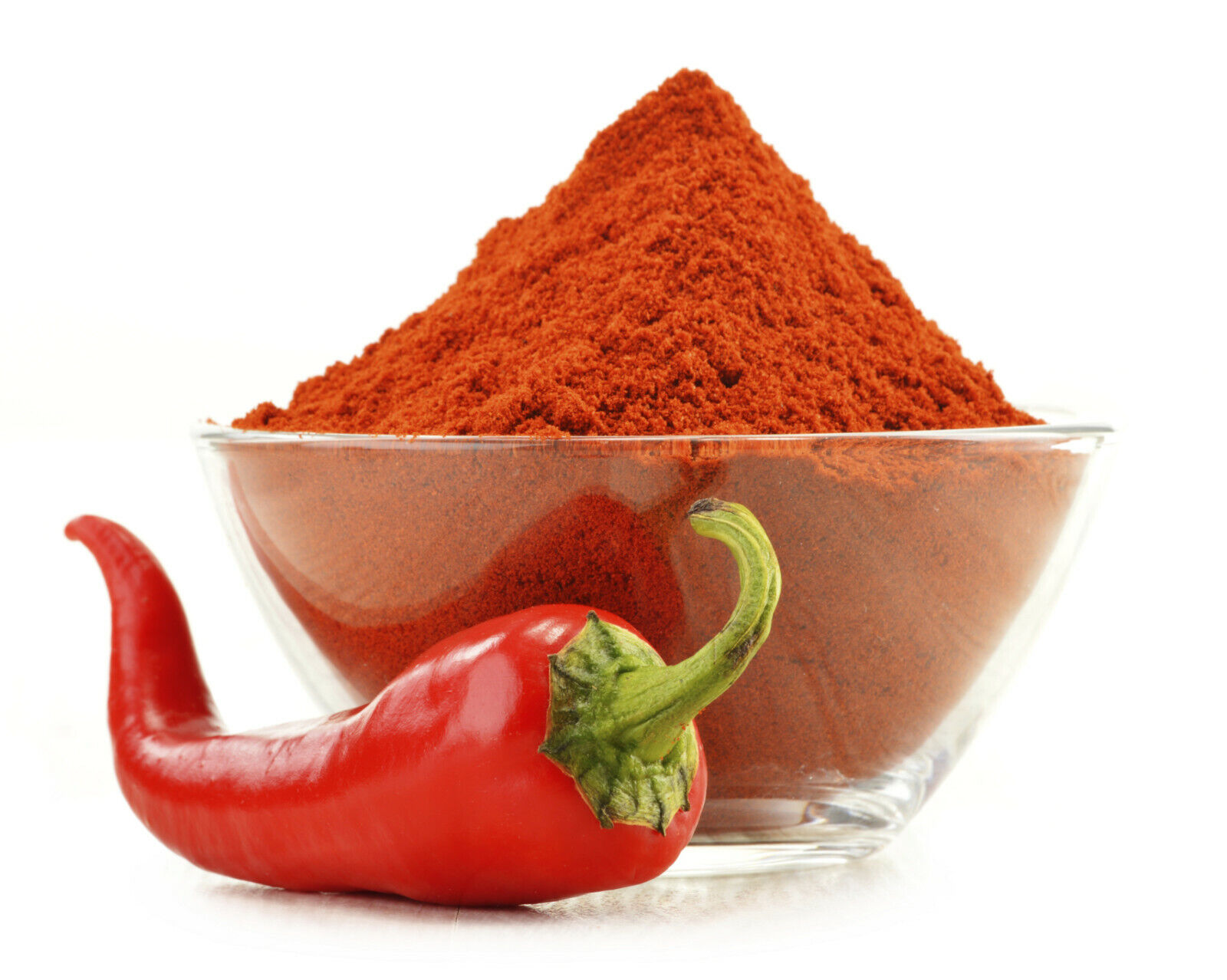Understanding Dry Onions: A Versatile Kitchen Staple
When it comes to cooking, dry onions are an essential ingredient that can add flavor and depth to a wide variety of dishes. Whether you’re sautéing them to create a savory base for soups and stews or using them to add a pop of flavor to salads and sandwiches, dry onions are a versatile and flavorful addition to any recipe.
What Are Dry Onions?
Dry onions, also known as storage onions, are a type of onion that has a papery outer skin and a strong, pungent flavor. They are different from green onions or scallions, which have a milder taste and are often used raw in salads and garnishes. Dry onions come in different varieties, including yellow, white, and red, each with its own unique flavor profile and culinary uses.
Culinary Uses of Dry Onions
Dry onions are a staple ingredient in many cuisines around the world. They can be used in a wide range of dishes, including:
- Soups and stews
- Stir-fries and sautés
- Casseroles and gratins
- Salads and salsas
- Sandwiches and wraps
Their versatility and ability to add depth of flavor make them a go-to ingredient for home cooks and professional chefs alike.
Health Benefits of Dry Onions
In addition to their culinary uses, dry onions also offer a range of health benefits. They are a good source of vitamin C, vitamin B6, and dietary fiber. They also contain antioxidants and sulfur compounds that have been linked to various health benefits, including:
- Reduced risk of heart disease
- Improved immune function
- Anti-inflammatory effects
- Support for healthy digestion
Adding dry onions to your meals can not only enhance the flavor but also contribute to your overall health and well-being.
Storing and Using Dry Onions
To keep dry onions fresh, store them in a cool, dry place with good air circulation. Avoid storing them in plastic bags, as this can trap moisture and lead to spoilage. Once cut, unused portions of dry onions can be wrapped tightly in plastic wrap and refrigerated for a few days.
When using dry onions in your cooking, consider the following tips:
- For a milder flavor, soak sliced onions in cold water for 10-15 minutes before using them raw in salads or sandwiches.
- Sautéing or caramelizing dry onions can bring out their natural sweetness and add depth to your dishes.
- Experiment with different varieties of dry onions to discover their unique flavors and uses in your favorite recipes.
In Conclusion
Dry onions are a versatile and flavorful ingredient that can elevate the taste of a wide range of dishes. Whether you’re adding them to soups, salads, or stir-fries, their pungent flavor and culinary versatility make them a must-have in any kitchen. With their health benefits and long shelf life, dry onions are a valuable addition to any home cook’s pantry.
Next time you’re planning a meal, consider incorporating dry onions to add depth and complexity to your culinary creations.
Was this page helpful?
Read Next: What Is The Hardest Pastry To Make
